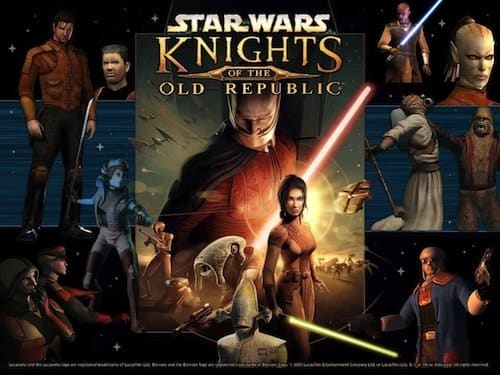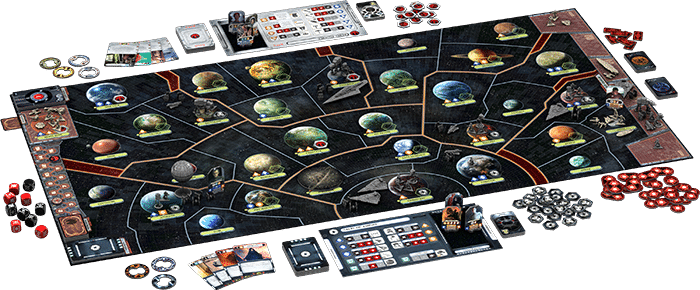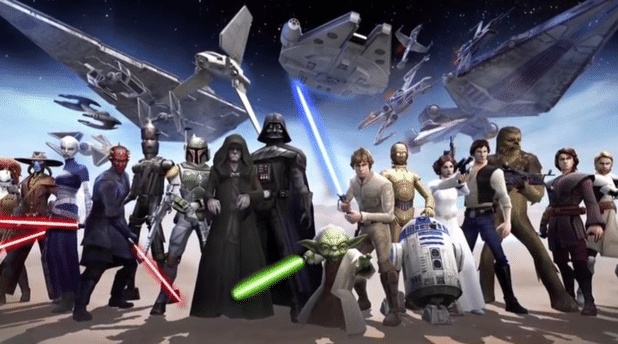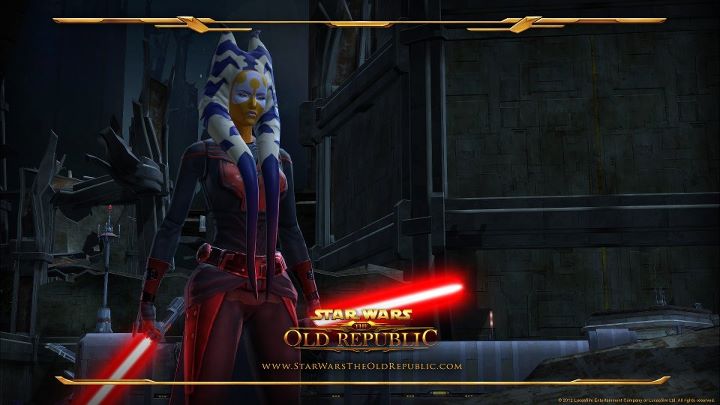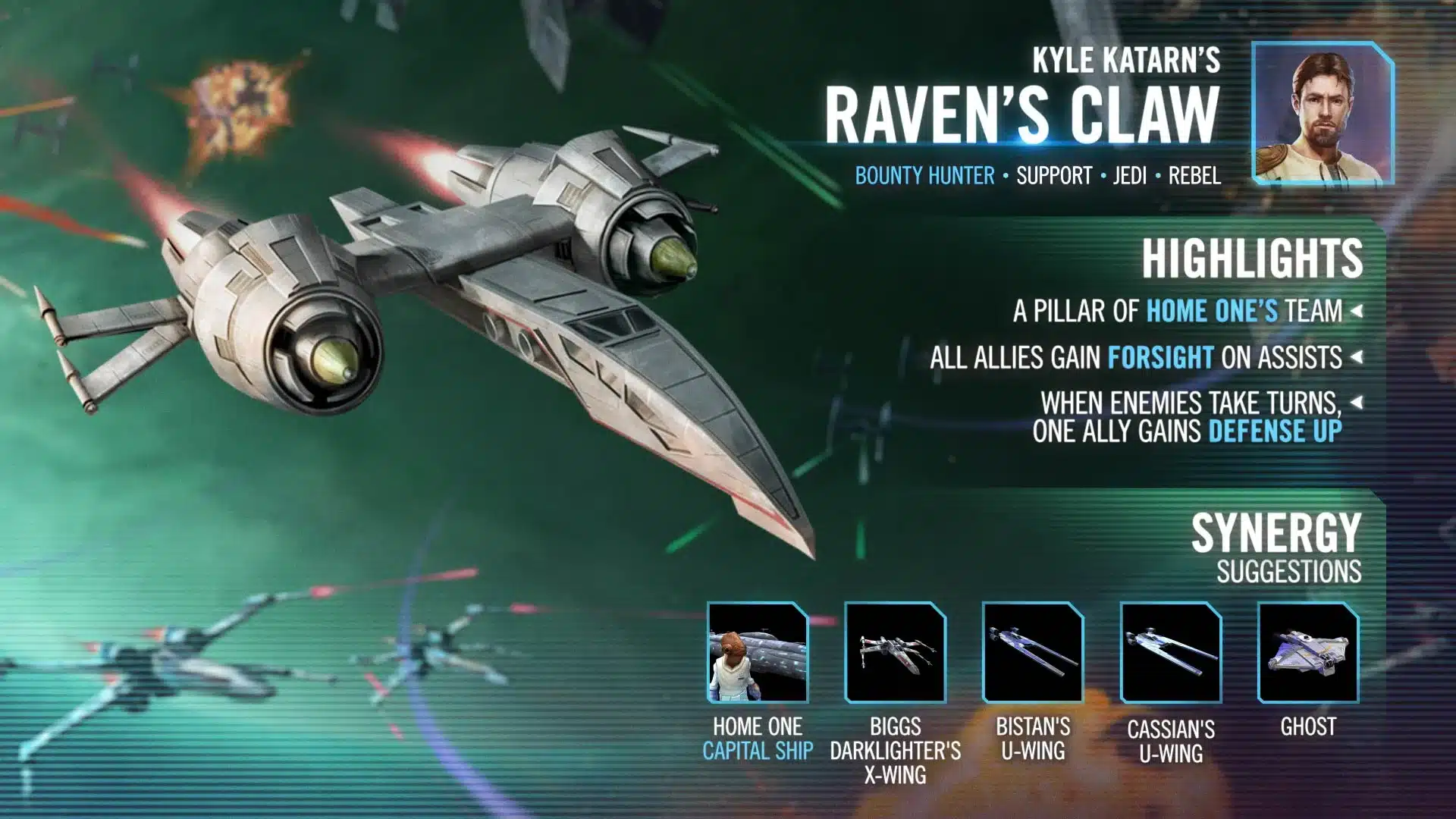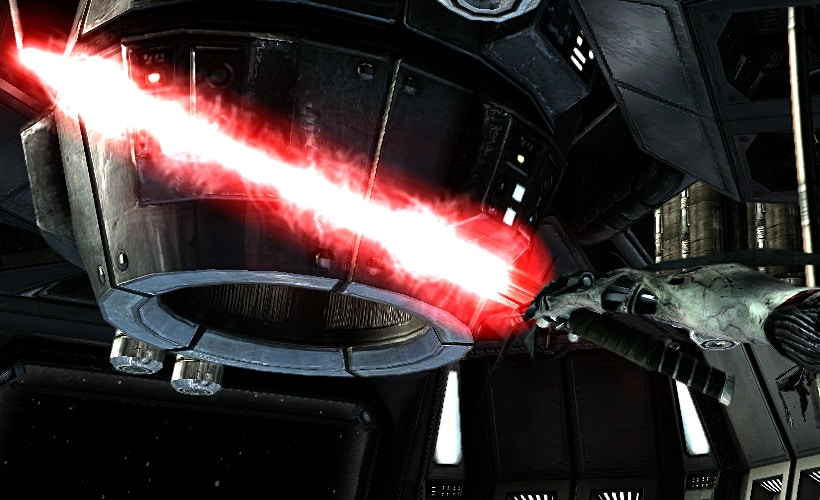Discover the golden age of Star Wars gaming and how titles like KOTOR 1 and 2 hold the key to revitalizing Disney’s approach to this beloved franchise.
Introduction
In the early 2000s, Star Wars fans experienced what many consider the golden age of gaming for the franchise. Titles like the original “Star Wars Battlefront,” “Star Wars: Empire at War,” and “Star Wars: Republic Commando” not only expanded the universe beyond the silver screen but also introduced innovative gameplay and storytelling. This era, marked by Lucasfilm Games LLC’s commitment to creativity, offered fans a galaxy of possibilities to explore, well before the age of internet dominance and long before Disney’s acquisition of Star Wars in 2012.
The Shift in the Galaxy
Disney’s takeover of Star Wars marked a new direction for the franchise, emphasizing a more streamlined vision that prioritized movies and TV shows over the expansive multimedia approach that had characterized Star Wars’ storytelling. This pivot away from the diverse media landscape—including novels and video games that had richly expanded the universe—left many long-time fans feeling alienated. The sense of ownership and personal connection to the Star Wars universe, cultivated through years of interactive and customizable experiences in gaming, seemed to vanish overnight.
Lessons from KOTOR
The heart of this discussion lies in “Knights of the Old Republic” (KOTOR) 1 and 2, games that are often hailed as the zenith of Star Wars‘ interactive storytelling. These RPGs allowed players unparalleled freedom to carve their paths through the Star Wars universe, choosing allegiance to the light or dark side and crafting personal narratives within the expansive lore. This level of customization and player agency is precisely what many fans feel has been lost in the transition to Disney’s stewardship.
The announcement of a KOTOR remake in 2021 sparked a mixture of excitement and apprehension among fans. With no release date in sight and growing skepticism about the project’s future, the primary concern remains: will the remake honor the original’s spirit of story customization? This question underscores a broader issue within the Star Wars franchise under Disney—a perceived neglect of the creative freedom that once defined fan engagement with the universe.
The Path Forward
For Disney and Embracer Group, the developers behind the KOTOR remake, the challenge is not just about recreating a beloved game. It’s about understanding and preserving the essence of what made the Star Wars games of the 2000s so special: the ability for fans to explore, imagine, and create their own stories within the galaxy far, far away. As the franchise continues to evolve, it’s crucial that Disney recognizes the value of this creative freedom, not just in games but across all Star Wars media.
The lesson for Disney is clear: the success of Star Wars doesn’t solely rest on the quantity of content produced but on the quality of engagement it fosters with its audience. By allowing fans the space to explore their creativity and by honoring the legacy of games like KOTOR, Disney has the opportunity to mend fences with disillusioned fans and chart a course for the franchise that respects its past while boldly navigating the future.
Conclusion
The golden age of Star Wars gaming, exemplified by “Knights of the Old Republic,” offers valuable lessons for Disney in the importance of fan agency and the potential of video games as a medium for storytelling. As the Star Wars universe continues to expand under Disney’s guidance, embracing the principles of innovation, customization, and respect for the franchise’s rich legacy will be key to capturing the hearts of both old and new fans alike. In doing so, Disney can ensure that the Force remains strong with Star Wars for generations to come.


